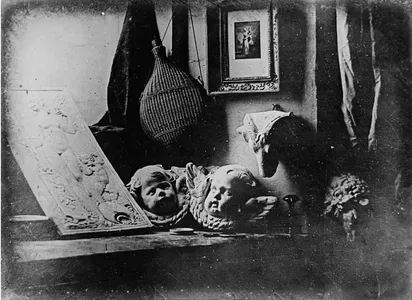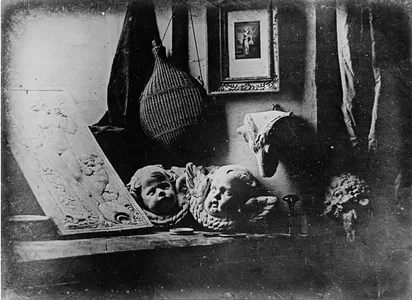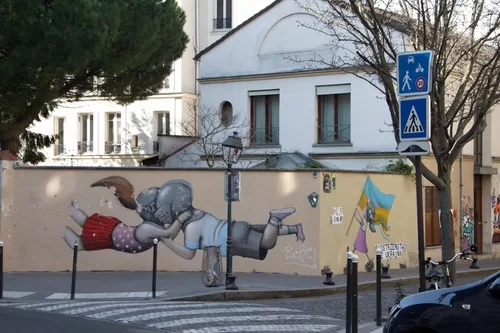As we look at the concept of Everyone is a Photographer Now and see a thread on the effects that the rise of the smartphone had on professional photography, we look at the future of work. As a 50 year career working as a photographer and media worker, it is interesting to look back and forward to the last twenty years of my art.
Chapter 1: The Evolution of Photography
Photography, a medium that now seems inseparable from our daily lives, has a rich and fascinating history that spans centuries. In this first chapter, we delve into the evolution of photography, tracing its origins, key technological advancements, and the transformative forces that have shaped it into the ubiquitous art form it is today.
Early Beginnings: The story of photography begins long before the invention of the camera as we know it. Early attempts to capture images can be traced back to ancient civilizations, where techniques like camera obscura were used to project images onto surfaces. However, it wasn’t until the 19th century that photography as we recognize it began to take shape.


The Birth of Photography: In 1839, French inventor Louis Daguerre introduced the daguerreotype, a photographic process that produced images on silver-plated copper sheets. This revolutionary invention marked the dawn of modern photography and sparked a frenzy of experimentation and innovation across the globe.
Image shown is the Oldest Known Daguerreotype: “The Artist’s Studio / Still Life with Plaster Casts”, made by Louis Daguerre in 1837.
Technological Advancements: Throughout the 19th and 20th centuries, photography underwent rapid evolution fueled by advancements in technology. From the development of flexible film by George Eastman in the late 1800s to the invention of the digital camera in the late 20th century, each innovation expanded the possibilities of photography and democratized access to the medium.
Artistic Movements and Cultural Impact: Photography quickly found its place not only as a tool for documentation but also as a powerful form of artistic expression. The emergence of movements like Pictorialism and Photojournalism showcased the medium’s ability to evoke emotion, tell stories, and shape public perception.
Democratization of Photography: While early photography was largely the domain of professionals and enthusiasts with access to expensive equipment, the latter half of the 20th century saw a democratization of the medium. The introduction of affordable point-and-shoot cameras, followed by the digital revolution, made photography accessible to the masses, paving the way for the phenomenon we see today: “Everyone’s a Photographer Now.”
Looking Ahead: As we reflect on the evolution of photography, it’s clear that the medium has come a long way from its humble beginnings. Yet, even as technology continues to advance and new forms of image-making emerge, the core principles of photography remain rooted in capturing moments, telling stories, and revealing truths about the world around us.
In the chapters to come, we’ll explore how these principles continue to shape the practice of photography in the digital age and examine the profound impact of “Everyone’s a Photographer Now” on contemporary culture and society. Stay tuned for more insights into this fascinating journey through the lens of history.
Everyone is a Photographer Now
Chapter 1: The Evolution of Photography
Chapter 2: The Rise of Smartphone Photography
Chapter 3: Visual Literacy in the Digital Age
Chapter 4: The Democratization of Artistic Expression
Chapter 5: Professional Photography in the Digital Era
Chapter 6: Vertical integration of traditional media into social media
Conclusion: Navigating the Future of Professional Photography
Related stories
Who owns photographs posted on social media
The Kiss in Times Square photograph by Alfred Eisenstaedt cancelled?
Andre Kertesz, a pioneer of street & fine art photography
Sarah Moon, French fashion photographer
Speos Magnum documentary & AFP photojournalism courses
John Bell re-enacts historic Hitler – Hoffman photo session
Dorothea Lange’s Pioneering Approach to Portraiture
The first photograph taken in Australia was by Captain Lucas
Guide to Collecting Vintage Film Cameras
Care to leave a comment below? Want to collaborate? After all, everyone’s a photographer now.







